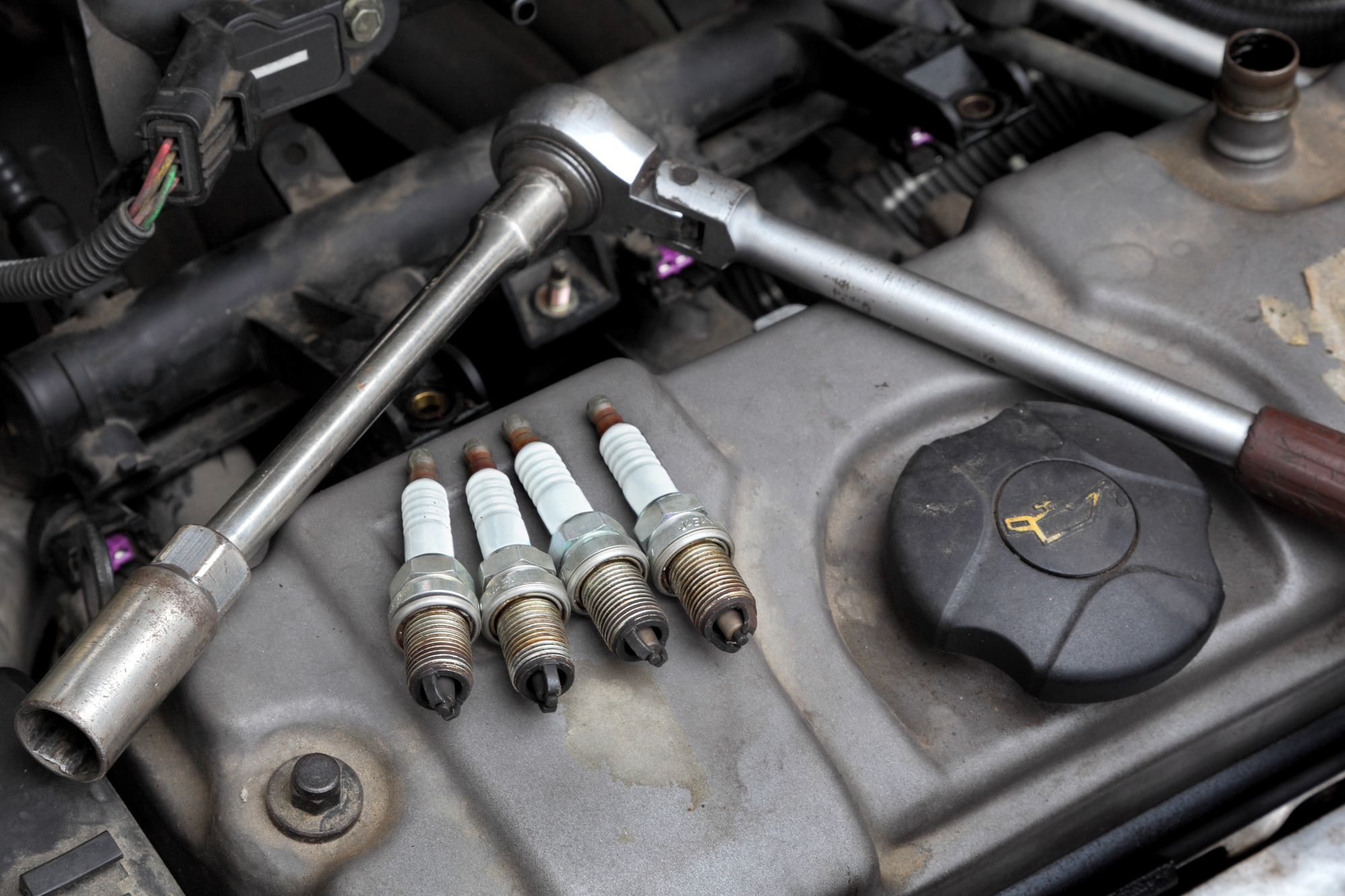A spark plug is a device that helps create the spark that ignites the air and fuel mixture in an internal combustion engine. It has a vital role in how an engine operates. It helps ensure efficient combustion by providing a spark that ignites the air and fuel mixture in the engine’s cylinders. This mixture is what provides power to the engine. For an engine to run smoothly, the air and fuel mixture must be burned evenly throughout all of its cylinders. If one or more cylinders are not firing correctly, it can cause knocking and other issues.
The History of the Spark Plug
The use of spark plugs dates back to the 19th century when French engineers invented them. Early spark plugs were made of porcelain and metal and functioned by using a hot wire to create a spark that would ignite the fuel mixture in the engine. In 1903, Robert Bosch developed the first commercially successful spark plug, which utilized a coiled wire between two metal electrodes. This design is still used in modern spark plugs today.
Spark plugs became an essential component of internal combustion engines, and their development has been closely tied to the evolution of these engines. In the early days of automotive history, engine timing was not as precise as today, so sparking was less critical. As engine timing became more refined, the need for reliable and consistent sparking from spark plugs became more important.
How a Spark Plug Works
A spark plug is a device that helps create the spark that ignites the air-fuel mixture in an internal combustion engine. It consists of a metal shell, called the body, with a threaded portion that screws into the engine’s cylinder head. The body has an insulated central electrode, which extends into the combustion chamber. The central electrode is connected to a ground electrode, usually steel, through a wire or ceramic insulator.
When the engine is running, the piston compresses the air-fuel mixture in the combustion chamber. This compression raises the mixture’s temperature to about 5,000 degrees Fahrenheit (2,760 degrees Celsius). At this temperature, the mixture becomes electrically conductive. When electrical current from the ignition system flows through the spark plug’s central electrode and ground electrode, it creates a spark.
Different Types of Spark Plugs
Spark plugs come in various shapes and sizes, each designed for a specific engine type. The most common spark plugs have a hexagonal or octagonal body with a tapered seat and are made of steel, iridium, or platinum.
Iridium spark plugs are the newest innovation and are said to offer the best performance. They have a small electrode that helps create a powerful spark while resisting wear and tear. Platinum spark plugs have a longer lifespan than other types of spark plugs but may not offer the same level of performance. Steel spark plugs are the least expensive but must be replaced more often than other types.
How to Choose the Right Spark Plug
A spark plug is a device that helps create the spark that ignites the air/fuel mixture in an engine. The right spark plug can significantly affect how well your car runs. Here are a few tips on how to choose the right spark plug for your car:
- Check your owner’s manual. The manual should specify what type of spark plug is recommended for your car.
- Consider the climate you live in. If you live in an area with cold winters, you’ll want a spark plug that can withstand those conditions.
- Determine what kind of driving you do most often. If you do a lot of stop-and-go city driving, you’ll want a different type of spark plug than if you do mostly highway driving.
- Ask your mechanic or another expert for advice.
When to Change Your Spark Plugs
Spark plugs are designed to last for about 20,000 miles. However, they may need to be replaced sooner if they become fouled by oil, fuel, or carbon deposits. Call us today if you think your spark plugs may need to be changed, and we can do it for you.






